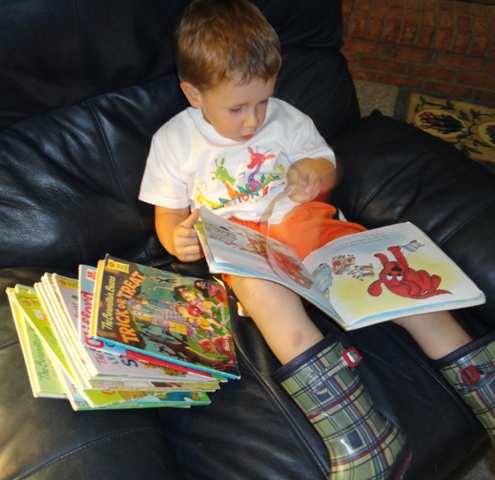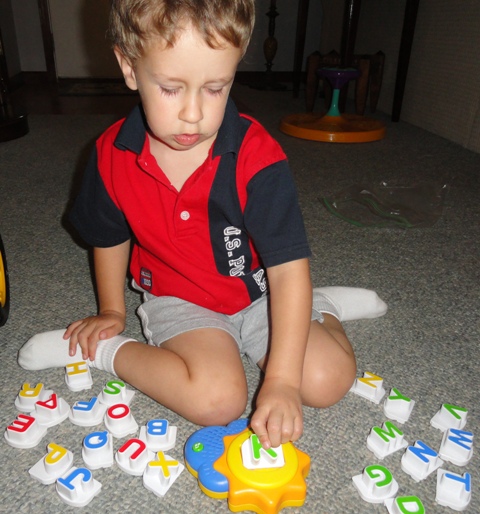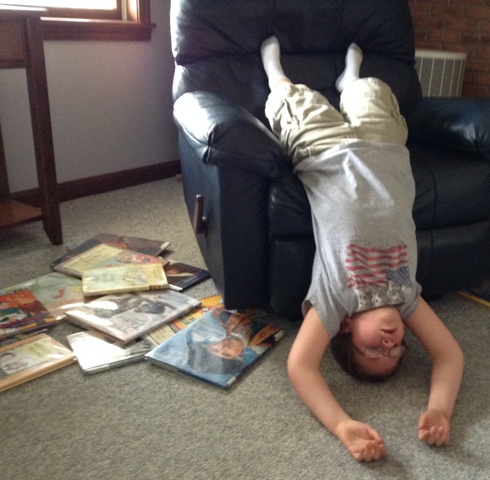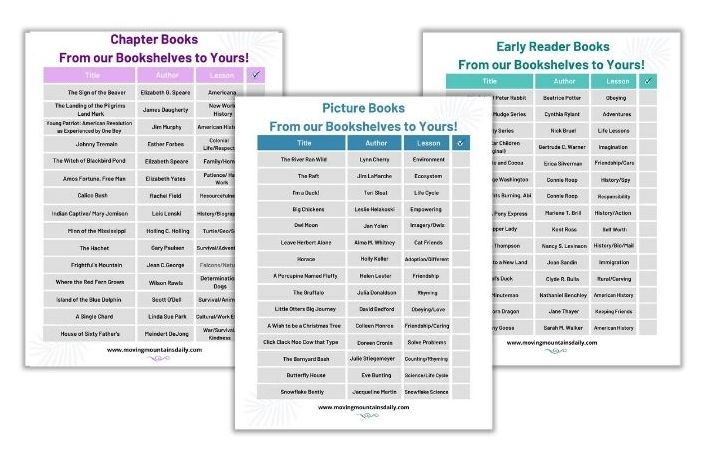Loving books and learning to read were skills that I wanted all my children to embrace. I started reading to my baby before birth, and then enjoyed reading and cuddling from the time they were born.

This post contains affiliate links. If you click through and make a purchase, we will earn a commission, at no additional cost to you. Read our full disclosure here.
Check out our Printable Reading Resources at the end of this post!
Difficulties with Learning to Read
By the time Andrew turned 6-years old, I was beginning to wonder if learning to read was a possibility. He knew the alphabet and each letter’s sounds but stringing those sounds together to form a word seemed an impossibility. We continued reading and working on phonics until one day, driven to desperation, something made me think of my 1960s Dick and Jane primers in the basement.

Dick and Jane – A Personal Experience
Dick and Jane primers brought back memories of learning to read. At age 4, the first word I learned to read was the word “little”. I loved this word. It had a certain look to it with all those tall letters and some of them crossed. I didn’t need to sound it out. I just knew it by recognition. The word “little” opened a whole new world to me, and I craved more words. I remember liking the way each word looked on paper. I wanted that for Andrew.

Learning to Read
Andrew and I curled up on the couch with Dick and Jane. The first page had the word “Dick”, and the second page said “Jane”, and after the first ten pages, Andrew needed very little prompting. He was reading and I was ecstatic! I could see it on his face and hear it in his voice, my son was craving words!
Three days later, Andrew read 193 pages by himself. We had finally broken the reading barrier, and moved an entire mountain in the course of three days! I happily ordered all the Dick and Jane books that I could find at the library. Andrew could not quit reading!

Learning to Read by Word Recognition
I had no idea that there were different ways to teach literacy, because phonics is always forefront when it comes to curriculum. My first two children were phonetic readers, but not Andrew, his learning style was different. Like me, word recognition made sense to him. He can sound words out when he needs to, but for the most part, it is a skill he doesn’t use.
Whole Language Reading
What I didn’t know was that as a child, I learned the Whole Language reading approach, also known as the Look-say method. Instead of sounding out words, a whole-word approach teaches the reader to recognize words. This explains why I can look at a paragraph and just know what it says without reading it word for word. I have noticed that Andrew has begun to do this also. Supposedly, whole language readers (so the experts say) are terrible spellers, but Andrew and I can both attest to the fact that this is simply not true!

Literacy Begins with Single Words
Sadly, a parent once told me that they could never force Dick and Jane on their child because it was boring. Really? I’m not sure I’ve ever seen a beginning reader series that wasn’t boring – per an adult perspective. Do on-the-edge-of-your-chair learn to read books even exist?
All I know is that Andrew had a great time learning to read Dick and Jane books, and I enjoyed all the Americana illustrations that boasted a past culture. But most importantly, Andrew was ‘finally’ reading and loving it!
A Free Gift of Reading
Andrew came up with a list of his favorite books to share with our readers. Most of the books we read are narrative books that vividly teach subjects and lessons within a story. These types of books are also known as ‘living books’. We hope you find many hours to snuggle with your children and read together.

“Reading a book is like traveling.” Andrew
We love comments! Tell us your reading stories – what worked and what didn’t.


